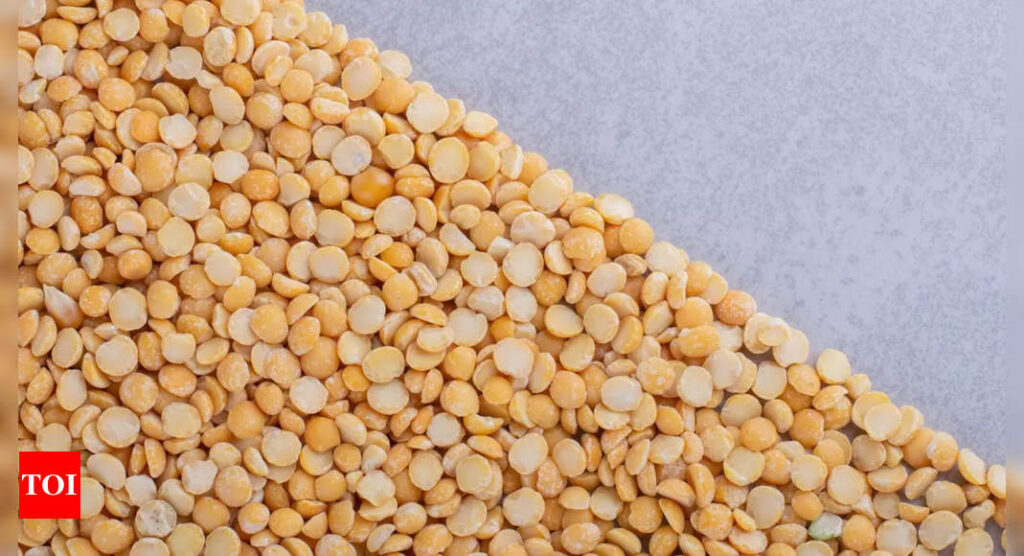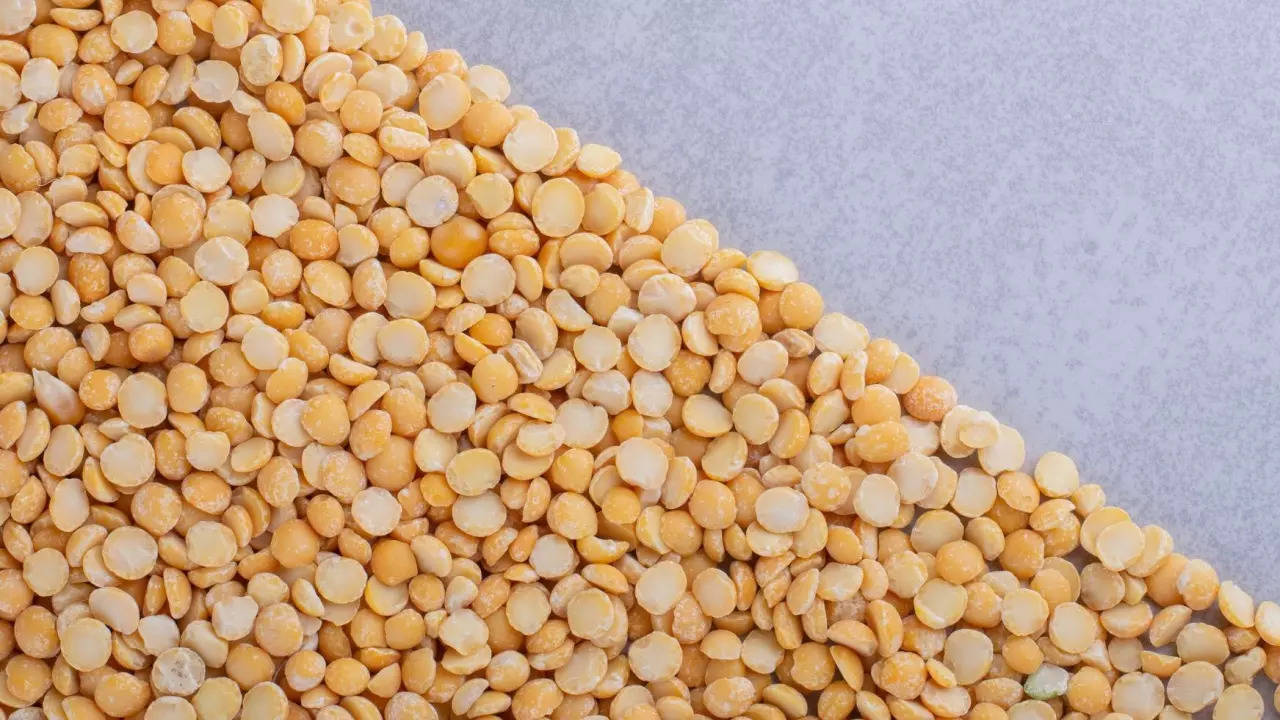[ad_1]
According to an ET report, Bharat Dal is being distributed through various retail outlets, including those of The National Agricultural Cooperative Marketing Federation of India (NAFED), National Consumers Cooperative Federation of India Limited (NCCF), Kendriya Bhandar, and Safal.This move is expected to reach a wider consumer base and cater to their needs.
Recently, the government has also launched ‘Bharat Atta’, a brand of subsidized wheat flour priced at Rs 27.50 per kg. This product will be made available through the outlets of NAFED, NCCF, and Kendriya Bhandars. To further enhance accessibility, 800 mobile vans will be deployed across the country to sell both Bharat Atta and Bharat Dal.These initiatives are part of the government’s efforts to stabilize prices and ensure the availability of essential commodities. The government maintains a buffer stock of five major pulses, namely chana, tur, urad, moong, and masur, under the Price Stabilisation Fund (PSF) to mitigate price volatility. The stocks are released in a targeted manner to control prices and stabilize the market.
To augment the domestic availability of pulses, the government has categorized the import of tur and urad as ‘Free Category’ until March 2024. Additionally, the import duty on masur has been reduced. These measures aim to increase the supply of pulses in the country and meet the demand of consumers.
For Bharat Atta, the central government will allocate 2.5 lakh tonnes of wheat from the Food Corporation of India (FCI) to NAFED, NCCF, and Kendriya Bhandars at a subsidized rate of Rs 21.50 per kg. These agencies will convert the wheat into flour and sell it under the brand ‘Bharat Atta’ at Rs 27.50 per kg.
Furthermore, in response to the recent surge in onion prices due to the delayed arrival of the kharif crop, the government has taken steps to protect consumers, the report said. The Department of Consumer Affairs is selling onions at a subsidized price of Rs 25 per kg through retail outlets and mobile vans operated by NCCF, NAFED, Kendriya Bhandar, and other state-controlled cooperatives. This strategy aims to control seasonal price volatility between rabi and kharif crops.
To ensure a stable supply of onions, the government has increased the buffer stock size from 2.5 LMT in 2022-23 to 7 LMT this year. By procuring rabi onions and releasing them in a calibrated and targeted manner, the government aims to address the fluctuations in onion prices and protect consumers from sudden price hikes.
[ad_2]
Source link











More Stories
India’S Growth Forecast: S&P ups India’s FY’24 growth forecast to 6.4% on robust domestic momentum
India to remain fastest-growing major economy, but demand uneven: Poll
Jack Ma: Jack Ma gets back into business with ‘Ma’s Kitchen Food’